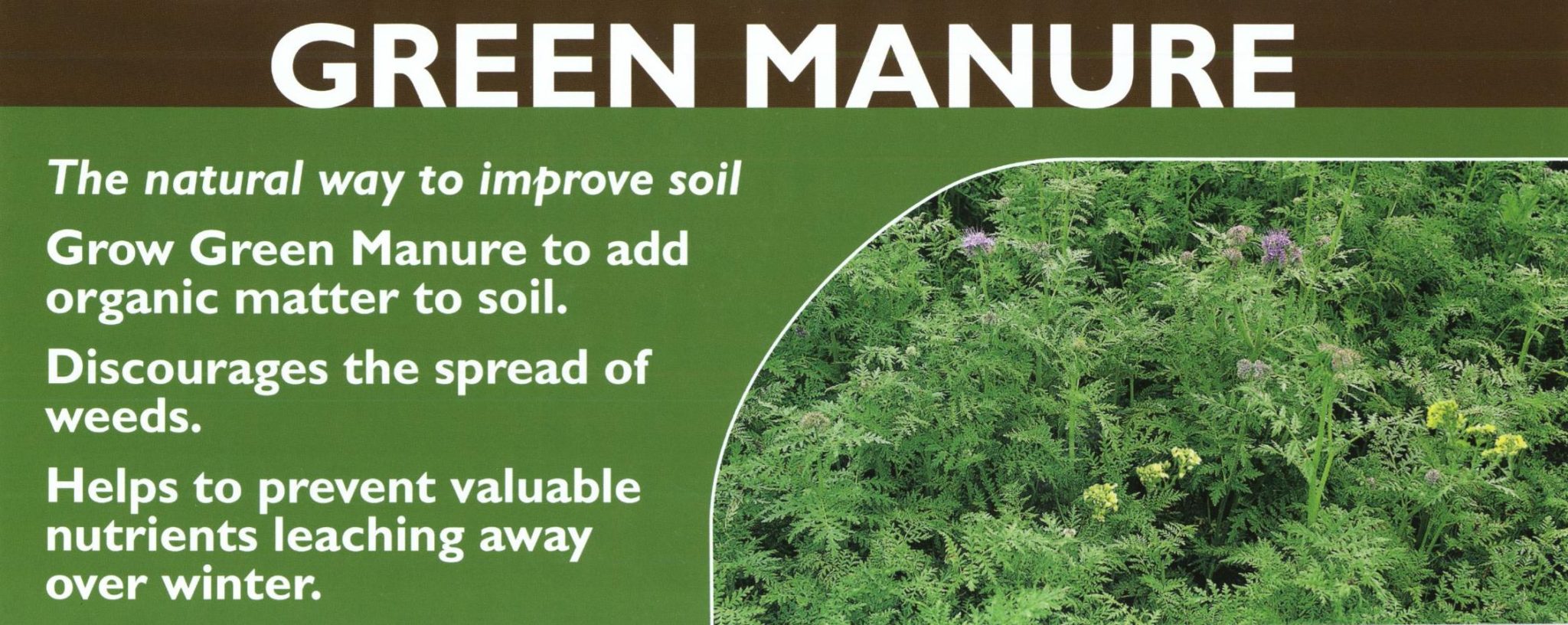Green manure – the magician of the garden
Green manure puts on a magic show in the soil, but be patient – you won’t get to see the show until your patch’s next crop. Only then, you could watch in amazement as a seedling doubles its height overnight, or when flower buds keep popping out after you’re sure they were finished. This is because the green manure you planted in the previous season turned nitrogen from the air into plant food – otherwise known as ‘nitrogen-fixing’ – and left it in the soil for the next crop to eat.
Of course, we know it’s not magic – there is an explanation for it. Most green manure plants are legumes which hold bacteria called rhizobia in small nodules on their roots. As the plant absorbs nitrogen from the atmosphere, the rhizobia ‘fixes’ it in an effort to help the plant grow stronger and larger. This essentially means that the bacteria make it into a form of food for the plant. When the plant dies it leaves this ‘fixed’ nitrogen in the soil for other plants to use.
Green manure plants that aren’t legumes such as rye, oats and barley, will interact with rhizobia which are already in the soil and help stop nitrogen in the soil from leaching out – which may happen over a winter if a bed is left fallow.
Nitrogen-fixing is a significant benefit of the green manure magician, but it’s not the only benefit. For example, legumes are generally very deep-rooted crops and those roots are useful in two ways. One, they will bring nutrients from below up to the top of the soil and two, they will help aerate the soil. The roots also stabilise soil and stop it washing away in heavy rain. All of these functions are ideal for your veggie patch.
Plant green manure at the start of each growing season, either in spring or in autumn. You can buy packets of mixed seeds from your nearest garden centre, or buy the seeds separately. Some green manure crops are also beneficial for the dinner table, such as peas or broad beans, so grow those if your soil needs a nitrogen boost but you can’t bear to not harvest.
When your green manure crop begins to seed or flower, then it’s time to cut it back. Some people like to dig it into the soil and or you can leave it on top to break down. Either way is just as good for the soil – when the plant dies it releases its nutrients into the soil, ready to be used by any plants you want to grow.
Let the magician of the garden into your veggie patch and enjoy the magic show as you watch your next crop thrive in the nitrogen-rich conditions.

 US
US UK
UK NZ
NZ SA
SA DE
DE
